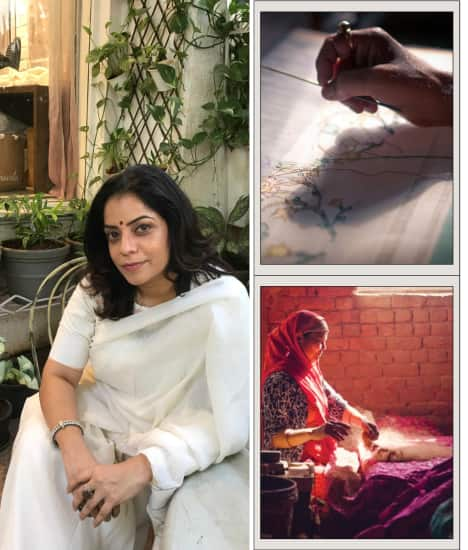The Wanderer’s Wardrobe: Anavila Misra Recommends Destinations For Textile Traditions In India
As a fierce proponent of slow fashion, Anavila Misra focuses on the rich history of Indian handloom industry, incorporating the same in her collections
A renowned designer whose creations have captivated the fashion world with their timeless elegance, Anavila Misra has carved a niche by seamlessly blending traditional craftsmanship with contemporary design sensibilities, especially in the modern rendition of the quintessential drape – sarees. And many of her collections are inspired by the experiences she has during her travels. She speaks to us about her hometown, inspirations for her garments, and her recommendations for textile enthusiasts.
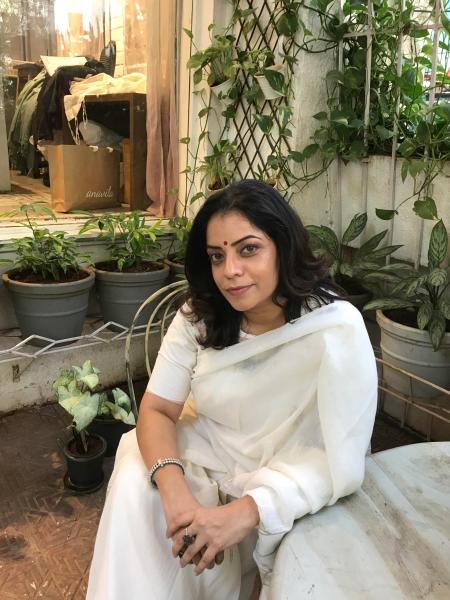 Designer Anavila Misra
Designer Anavila Misra
Tell us about your hometown and any distinct memories around sarees
I was born in Karnal in Haryana, where I spent much of my childhood. My first distinct memory of a saree is attached to my mother, who would wear one on special occasions. People in northern India, especially Haryana and Punjab, only wore sarees occasionally. But my mother had a beautiful collection in her wardrobe; from Benarasi to Kanjeevaram, there were stunning handloom pieces that she used to don, which was a source of inspiration for my sister and me. I was too young to understand the value of the textiles and the craftsmanship, but it was almost the epitome of feminine grace.
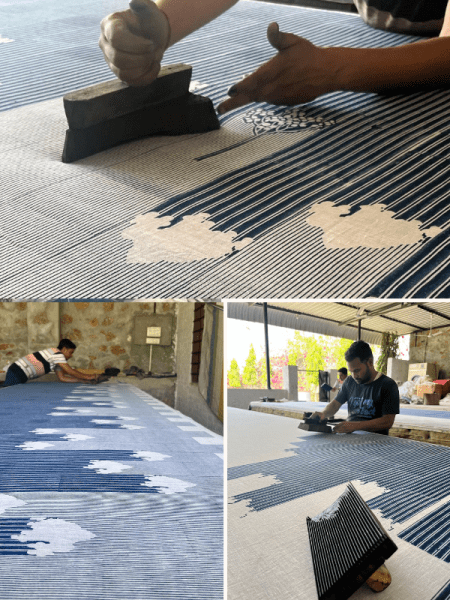 The making of the Indigo goonda linen sari
The making of the Indigo goonda linen sari
How did your brand Anavila come into being?
Most of us were conditioned to assume sarees were meant for formal events. But it was when I started working with the Ministry of Rural Development on their craft cluster projects with weavers I was exposed to handwoven textiles. I fell absolutely in love with sarees and saw a gap in how handloom textiles were perceived. Around the same time, I was thinking about making sarees more modern and contemporary. That is when I started working on linen sarees and my brand.
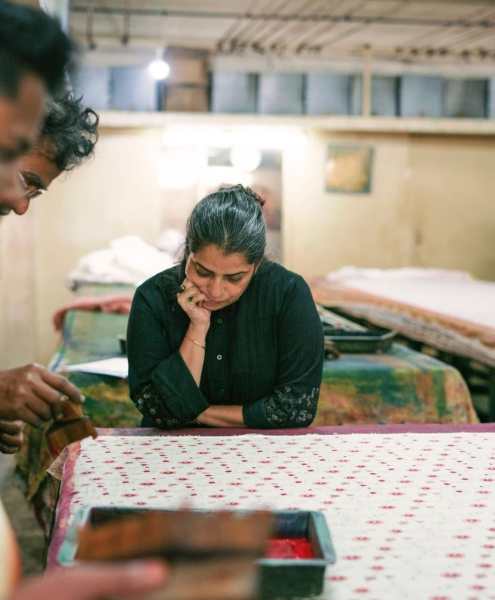 Anavila Misra with a block printing artisan in Gujarat
Anavila Misra with a block printing artisan in Gujarat
Has travelling inspired you in any way?
Travelling in itself to any place, whether it is in India or abroad, is exceptionally inspirational. I have a particular affinity for rural parts of any region; I make it a point to travel to more remote parts of a country. Modern cities are significantly homogenised, barring their architecture. There are small pockets like Khar in Mumbai where you can see buildings from different eras. But in rural areas, the way of living and expression changes from one place to another.
For Lakme Fashion Week, all our garments were inspired by a sustainable local practice called Dabu and created in Bagru, a small village in Rajasthan. When I go to West Bengal, where most of my sarees are woven, it is beautiful to see how they use their natural and existing resources within their textiles. These region-specific textile traditions best represent our conversations on sustainability.
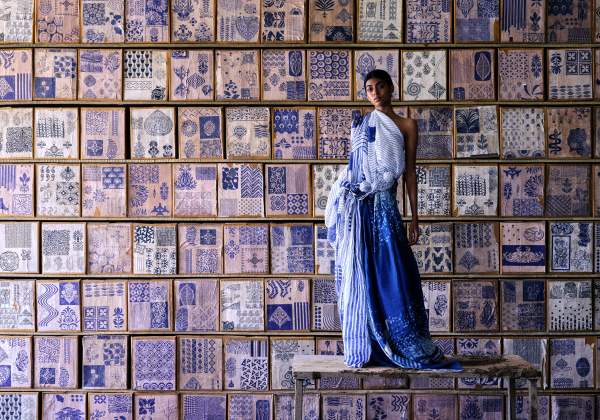 Anavila’s Dabu-inspired collection
Anavila’s Dabu-inspired collection
Recommend three destinations to someone keen on understanding India’s textile traditions
Tough call, but I recommend West Bengal, Gujarat and Kashmir. We are distant from the traditions of Ladakh and Kashmir, but their textiles are both beautiful and luxurious. Kashmir’s Sozni Embroidery is one of the most sophisticated forms of needle embroidery; one shawl takes artisans almost three years to make. In Ladakh, artisans do incredible work with wool, and it is mesmerising to learn about nomadic tribes, what they would carry with them when they travelled and how they made materials out of locally available resources.
Any destinations beyond India?
Vietnam is like India in that they are also trying to work closely with local textiles and techniques and preserve them. The Sa Pa region in the country, where they work with naturally available materials and natural dyes, left an indelible impact on me. Japan is also on my list only because I have not been there. They are very mindful of how they create, which is incredible to witness.
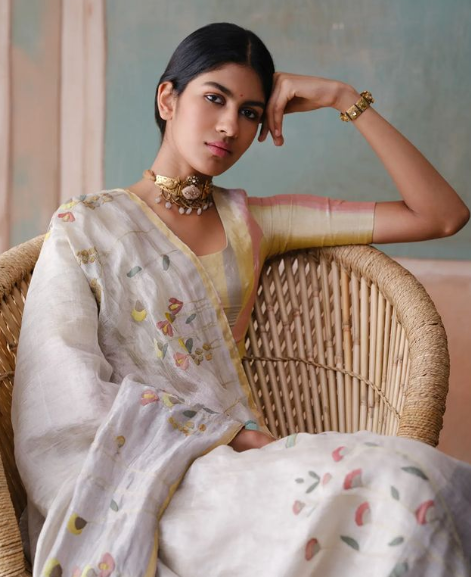 Anavila’s latest collection is inspired by the Bundi Fort of Rajasthan
Anavila’s latest collection is inspired by the Bundi Fort of Rajasthan
Where does sustainability feature in your process? What would you like to see changed or encouraged in the relationship between mainstream fashion and artisanal involvement?
There is a lot of focus on crafts now. India is not imitating the West, and we have found a sense of regained pride in our heritage and culture. Most designers are boldly looking at our past and collaborating with local artisans to create collections. Young designers are directly associating themselves with India’s heirloom crafts and textiles. We have a bright future regarding craft-based indigenous designs that will flood the markets in the coming years.







